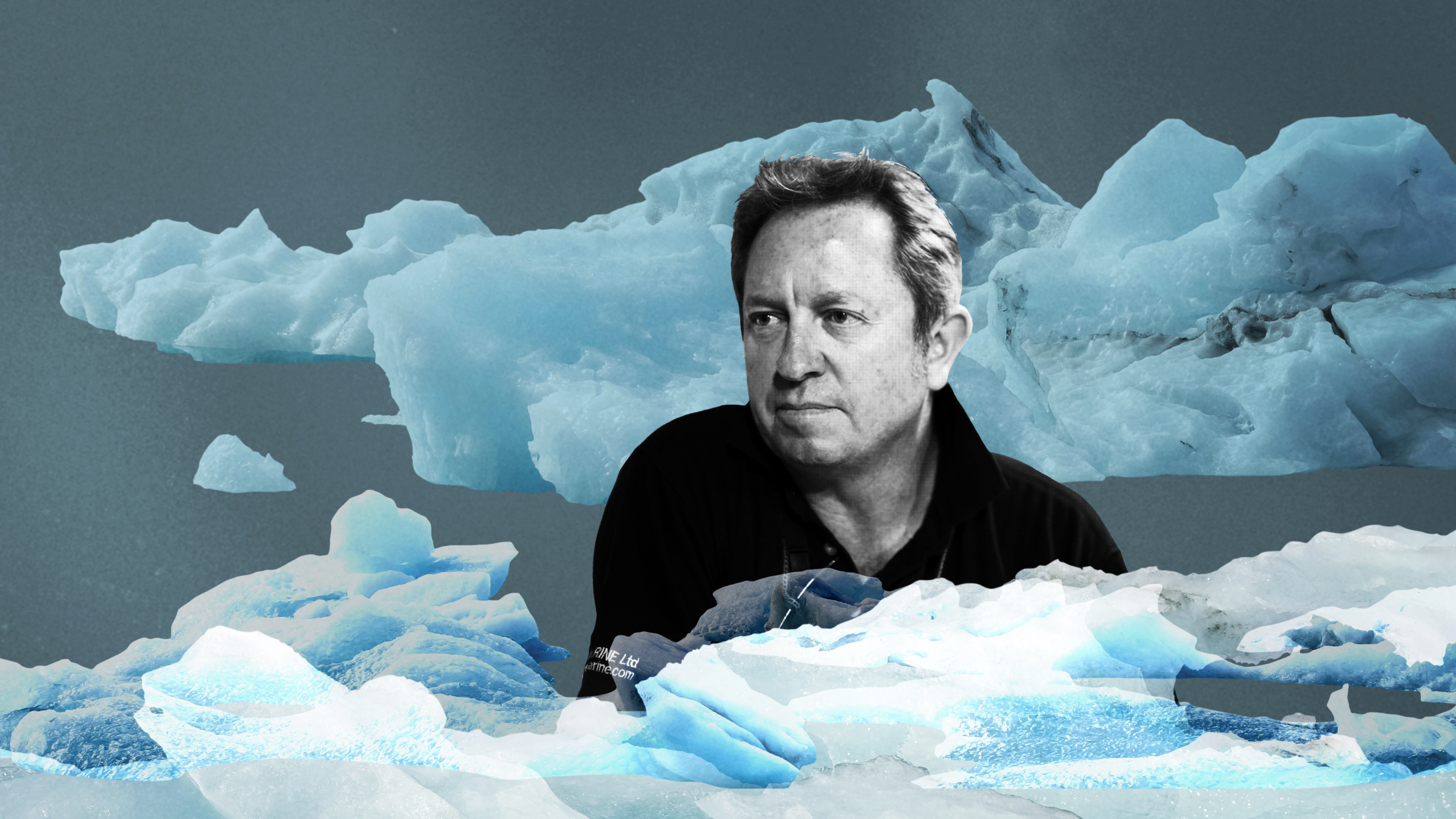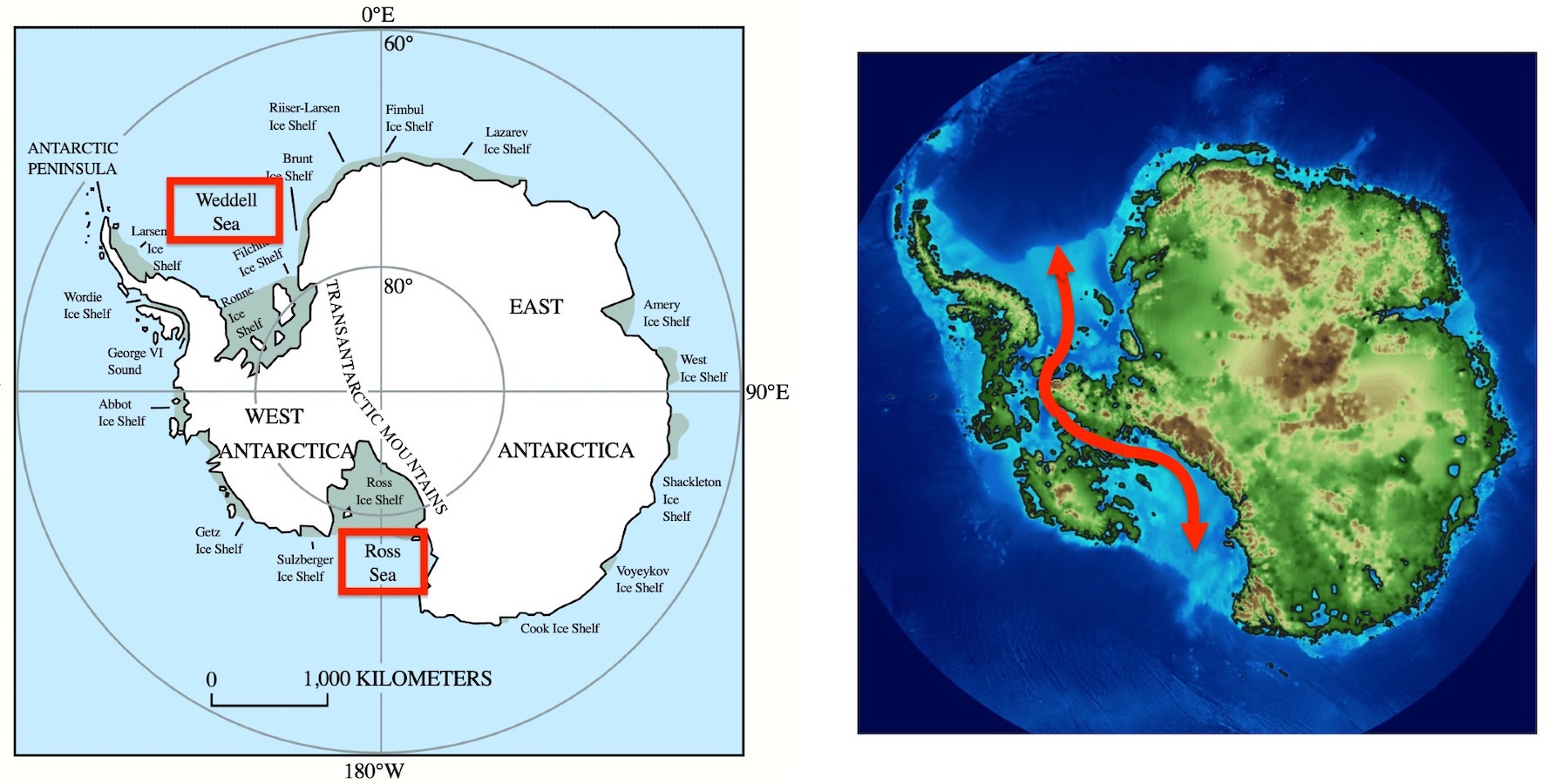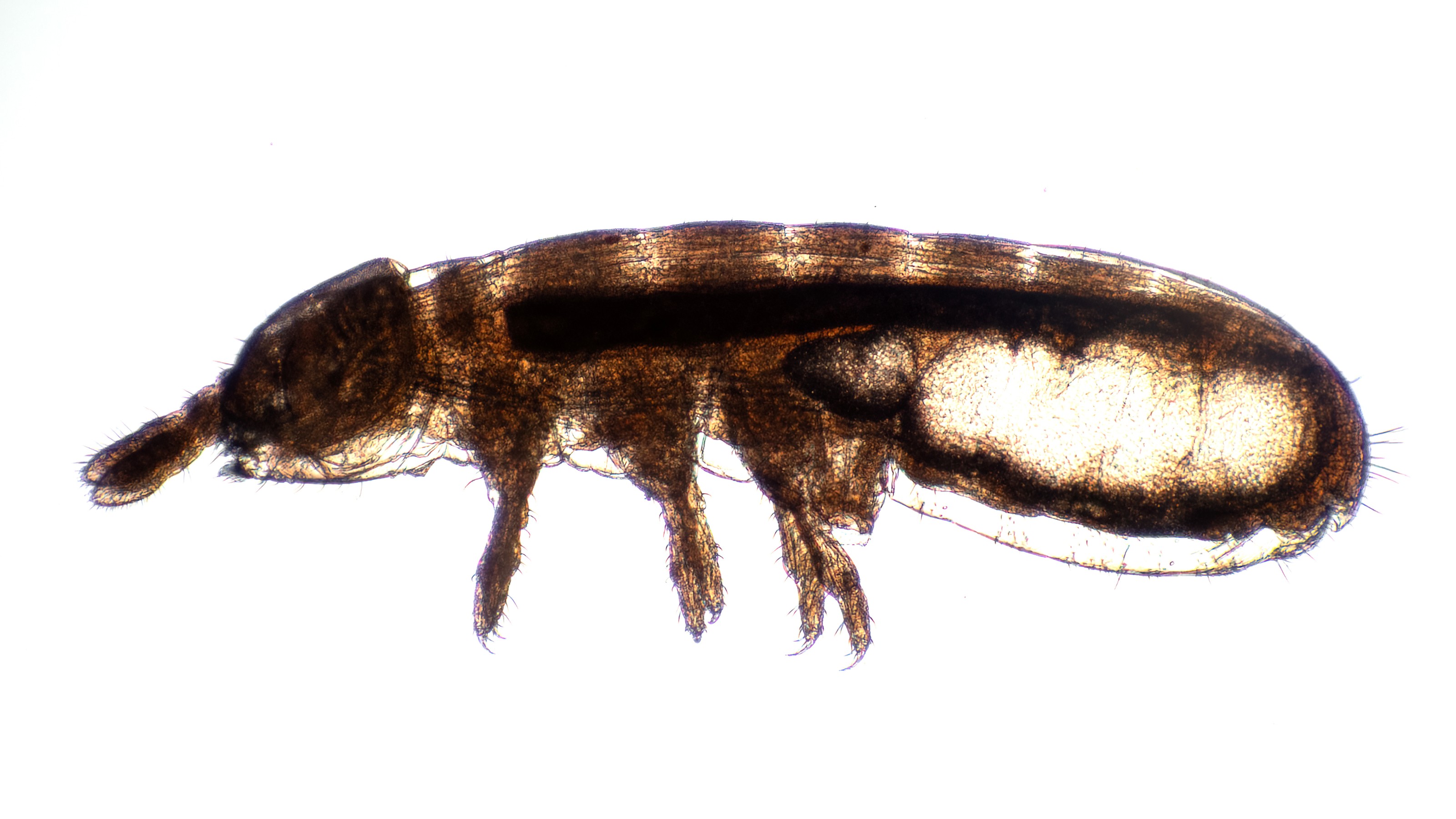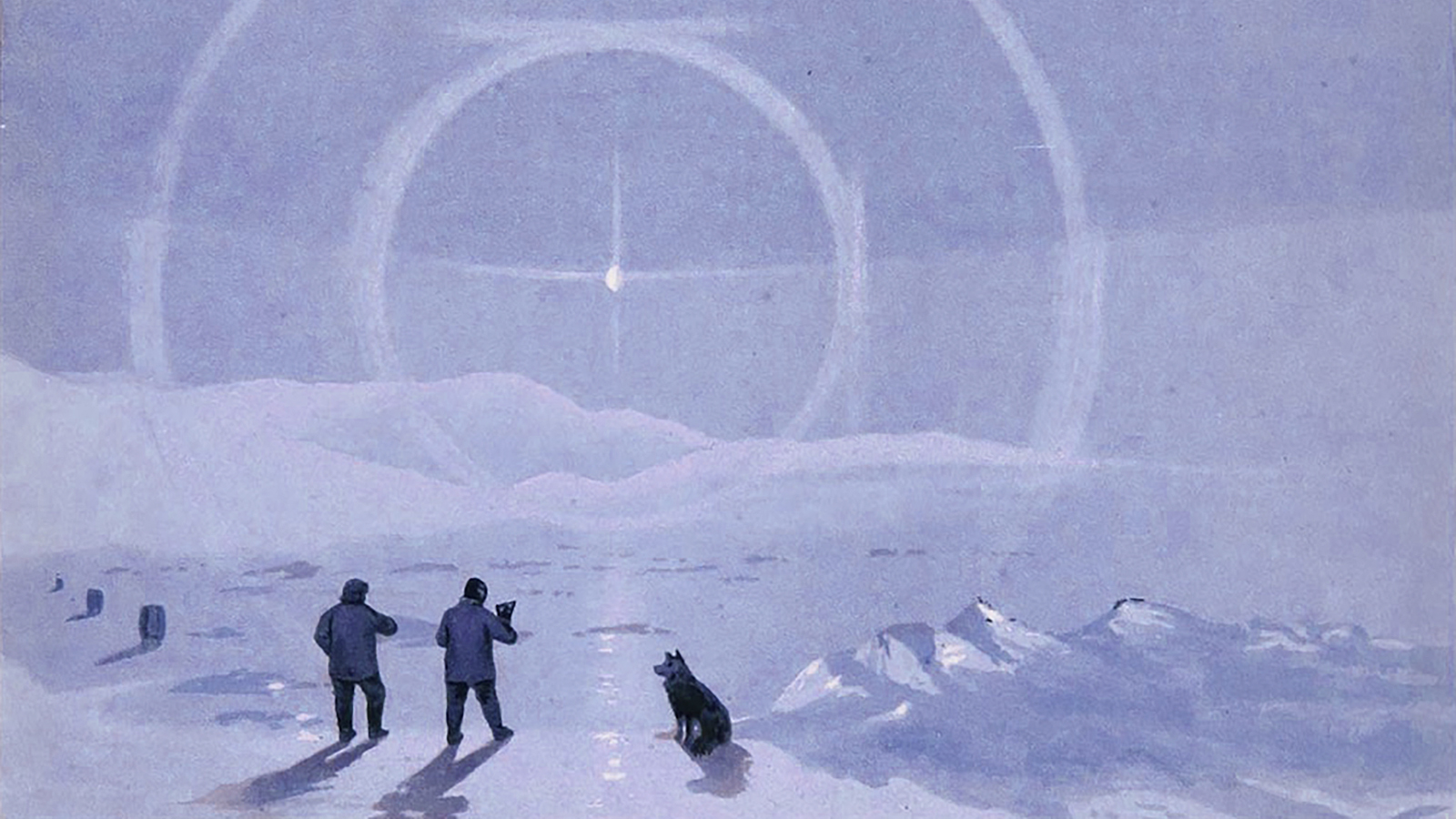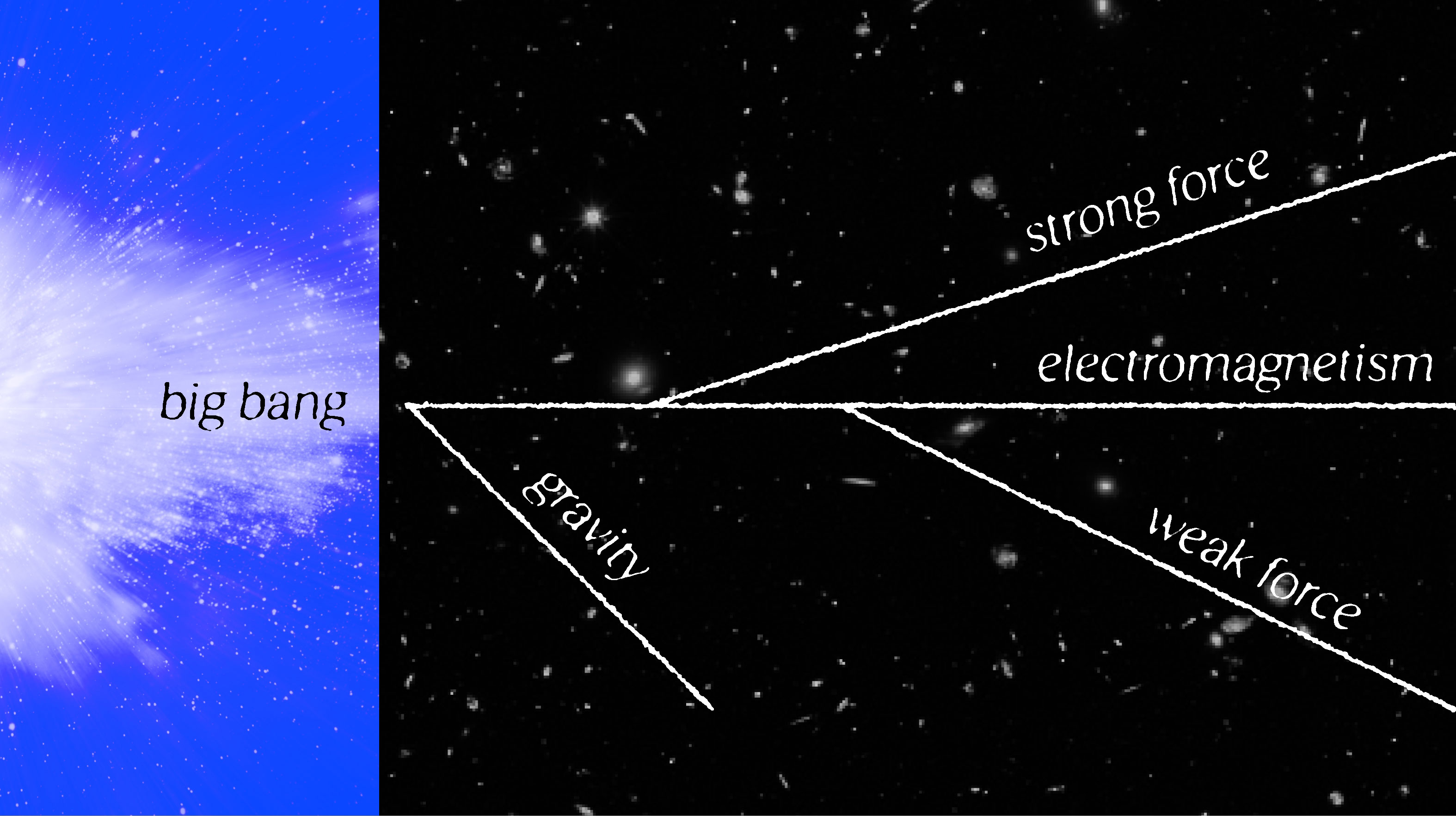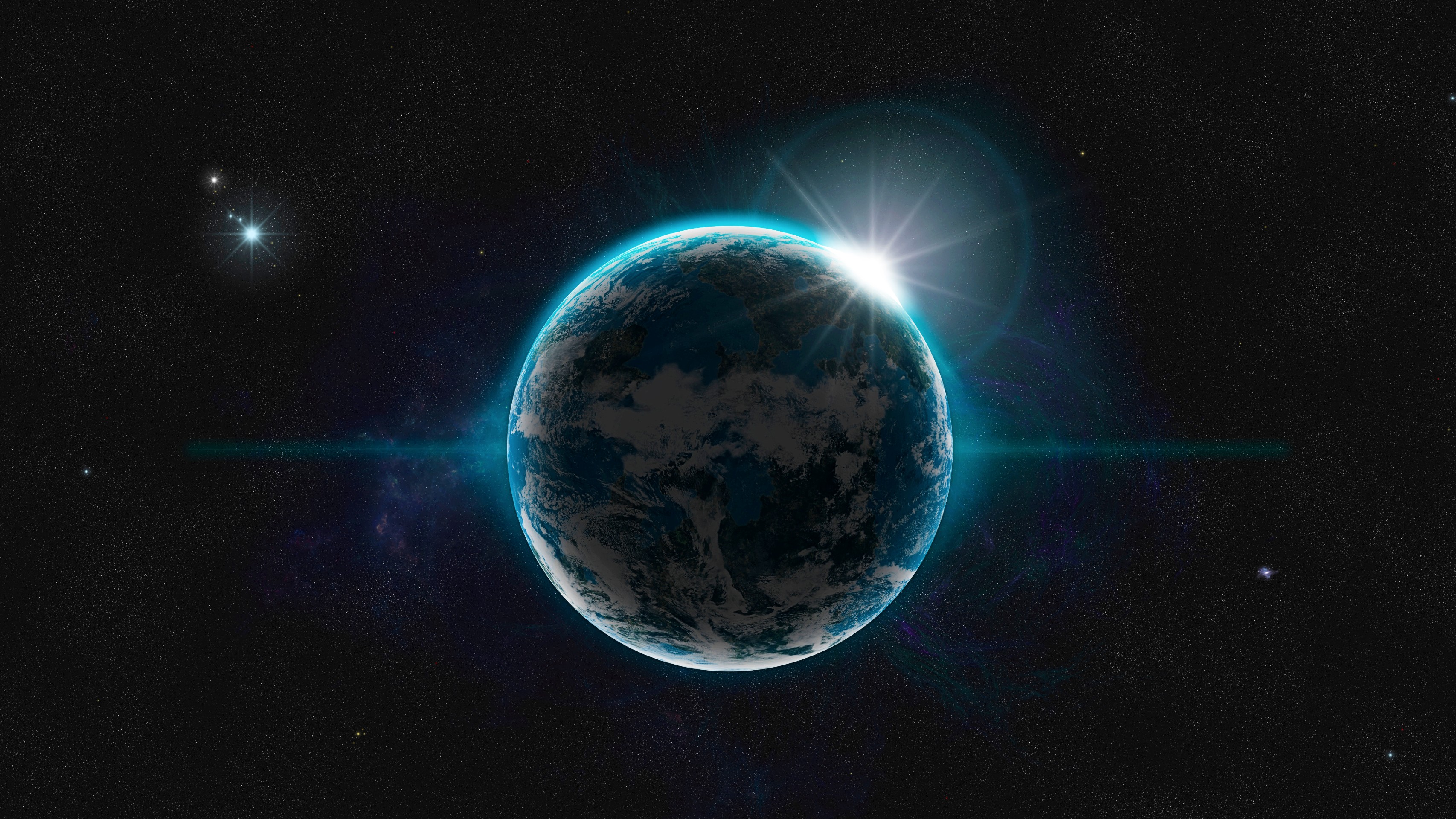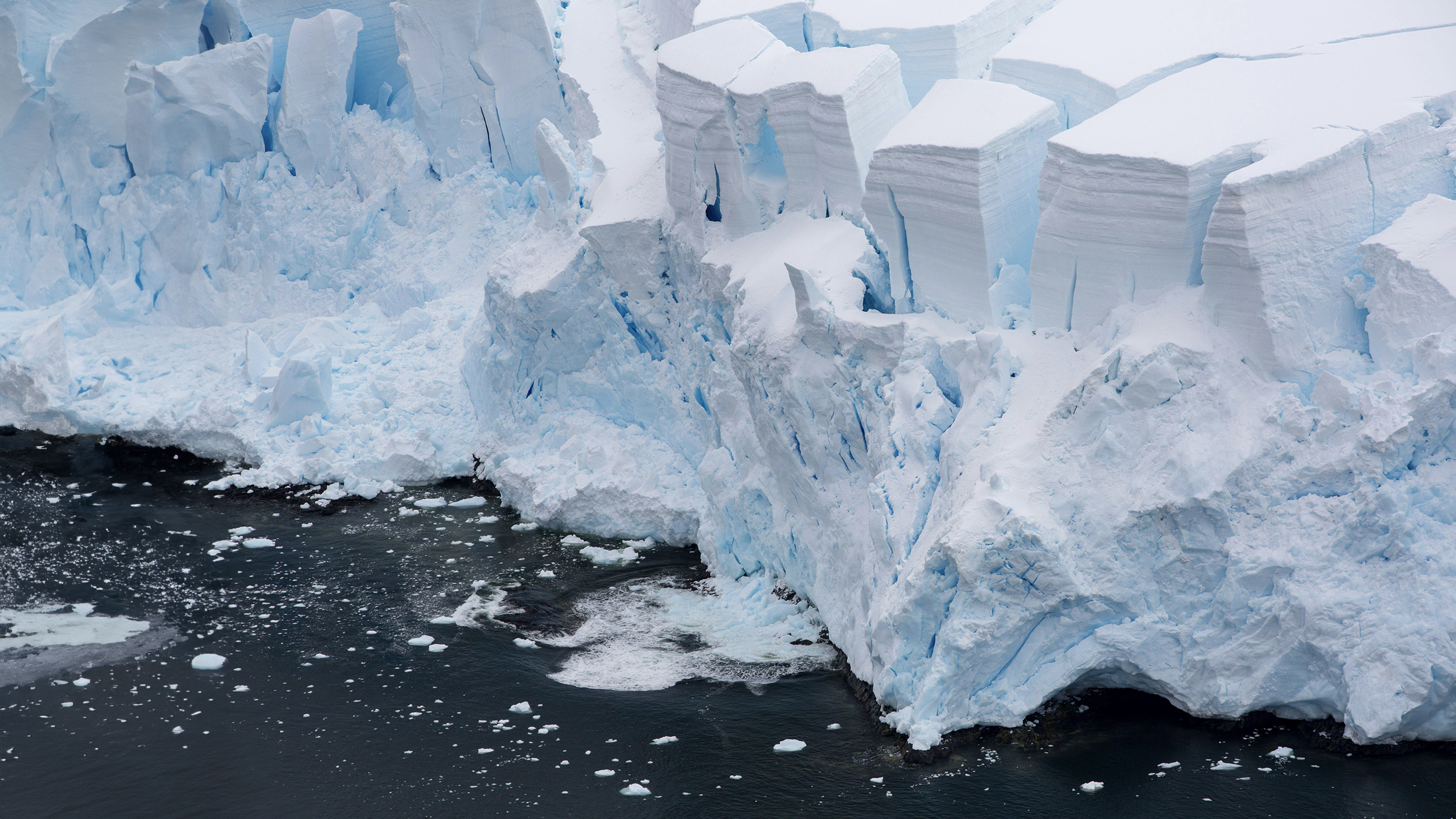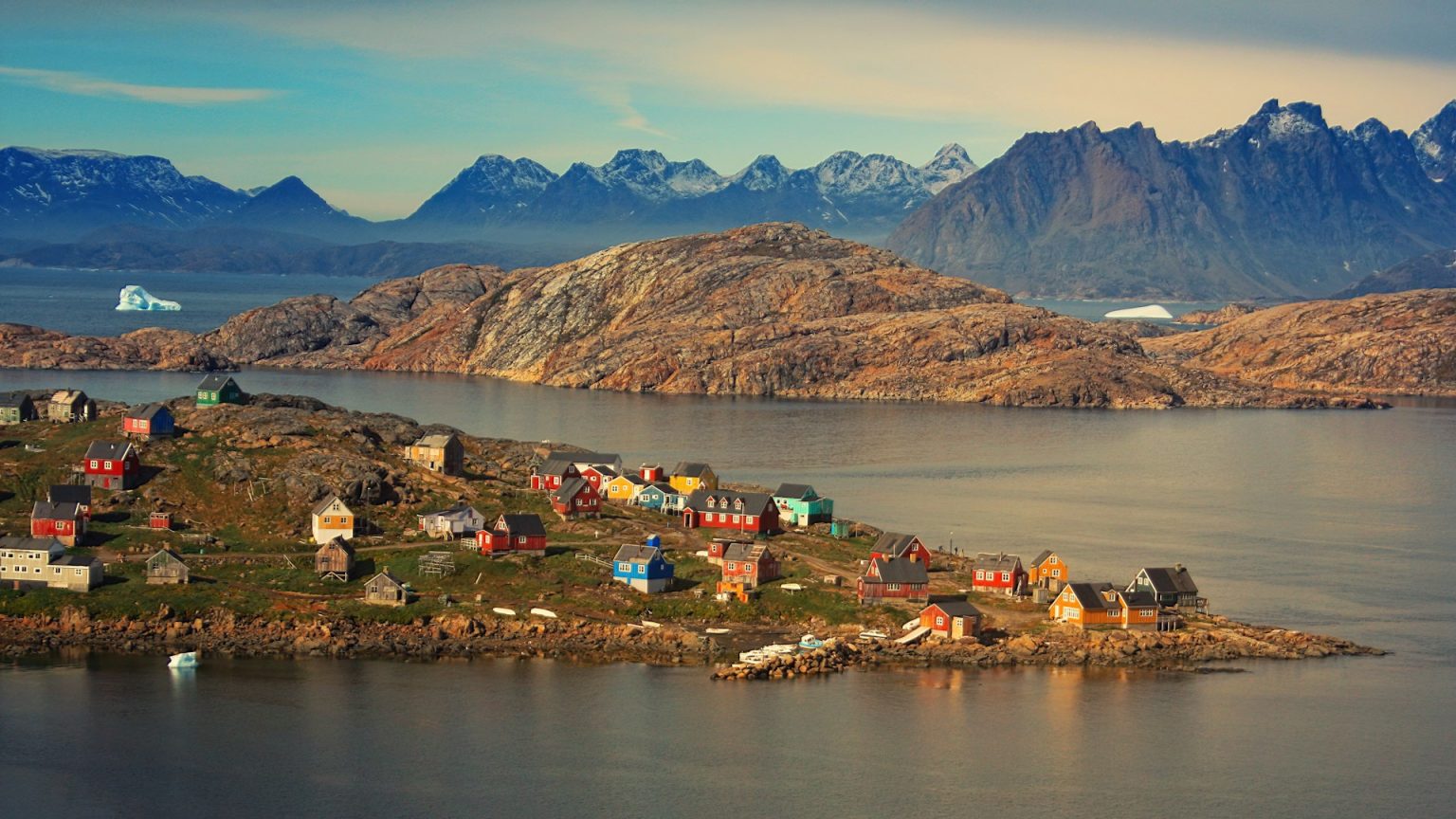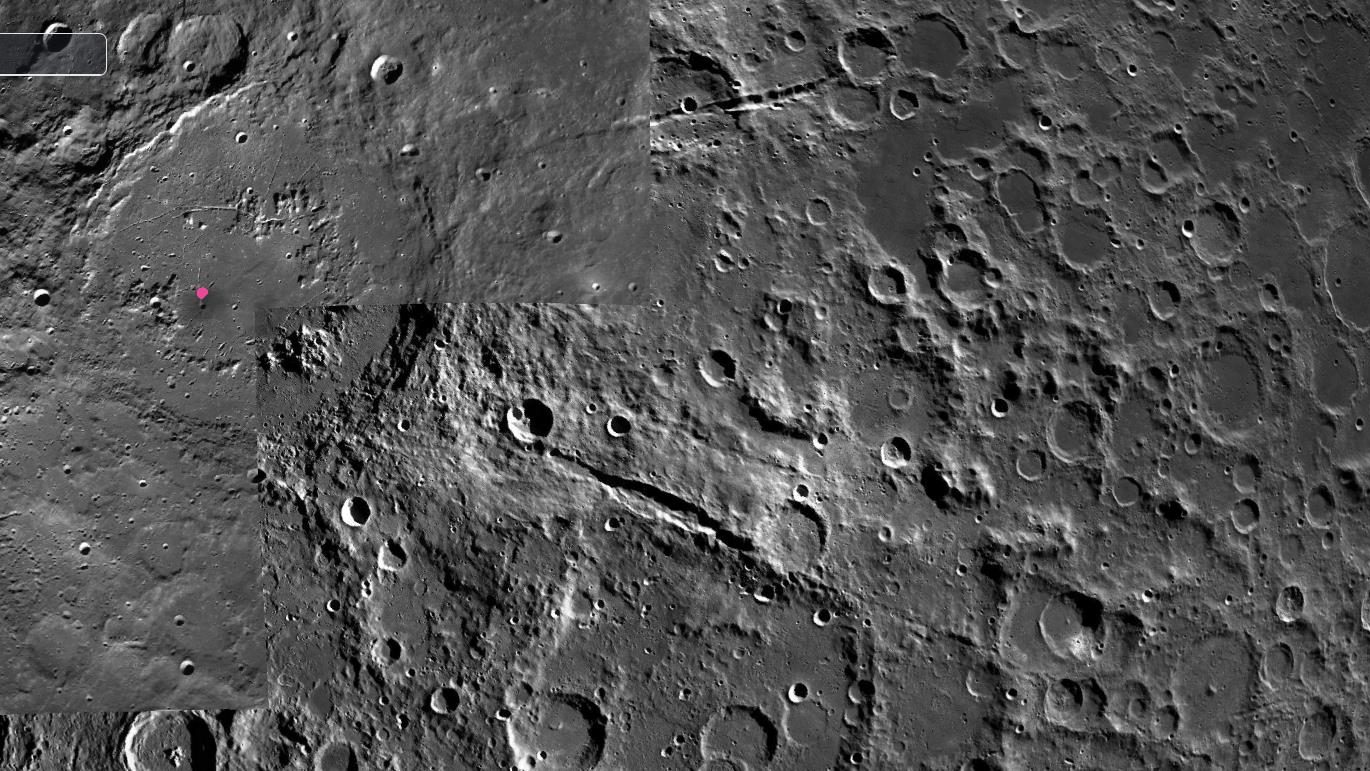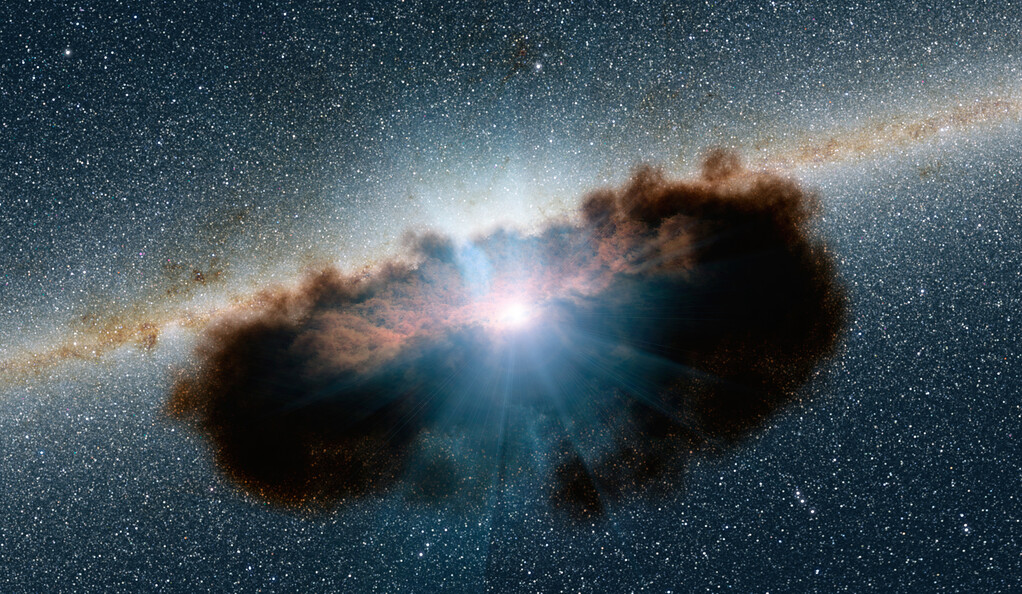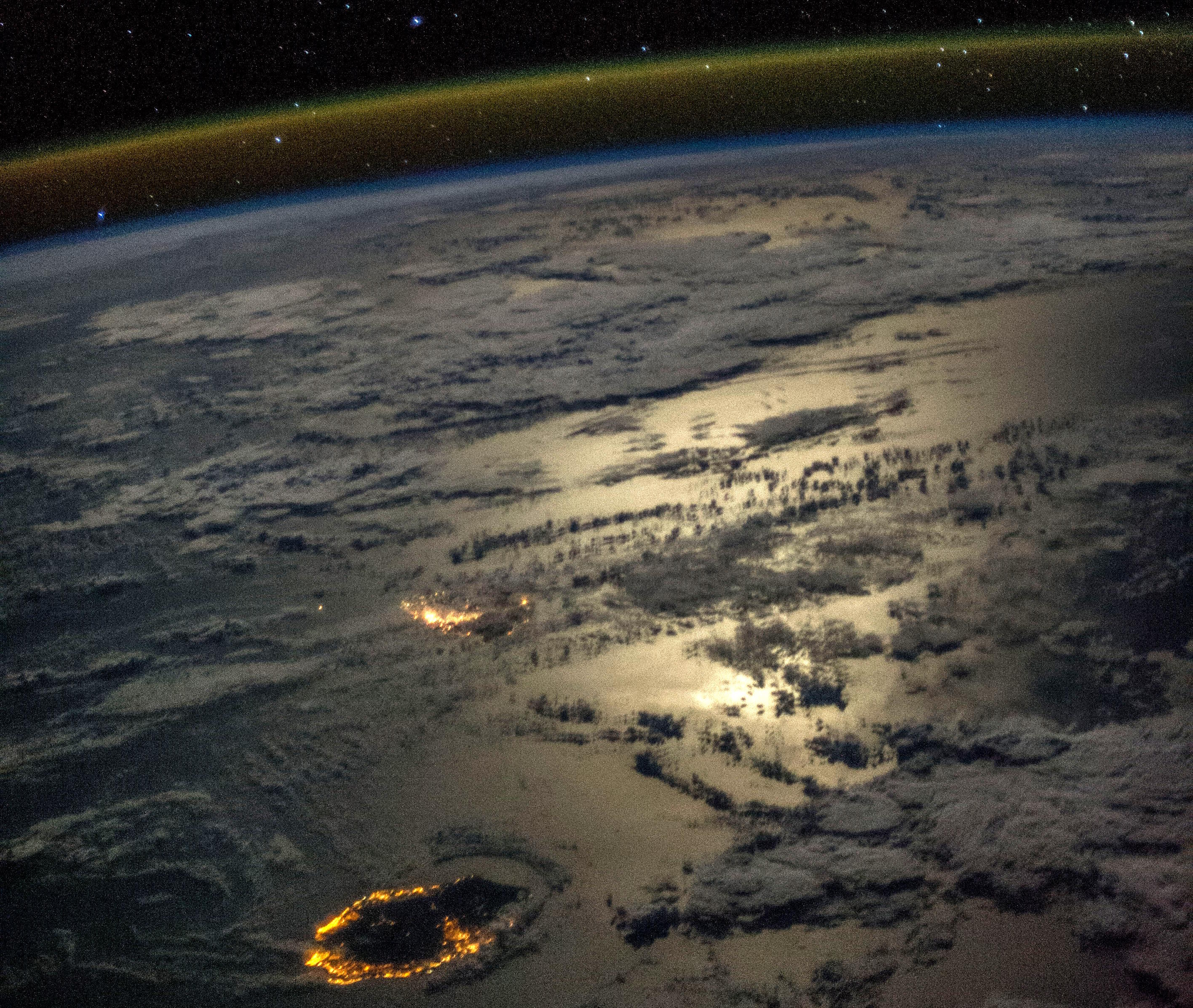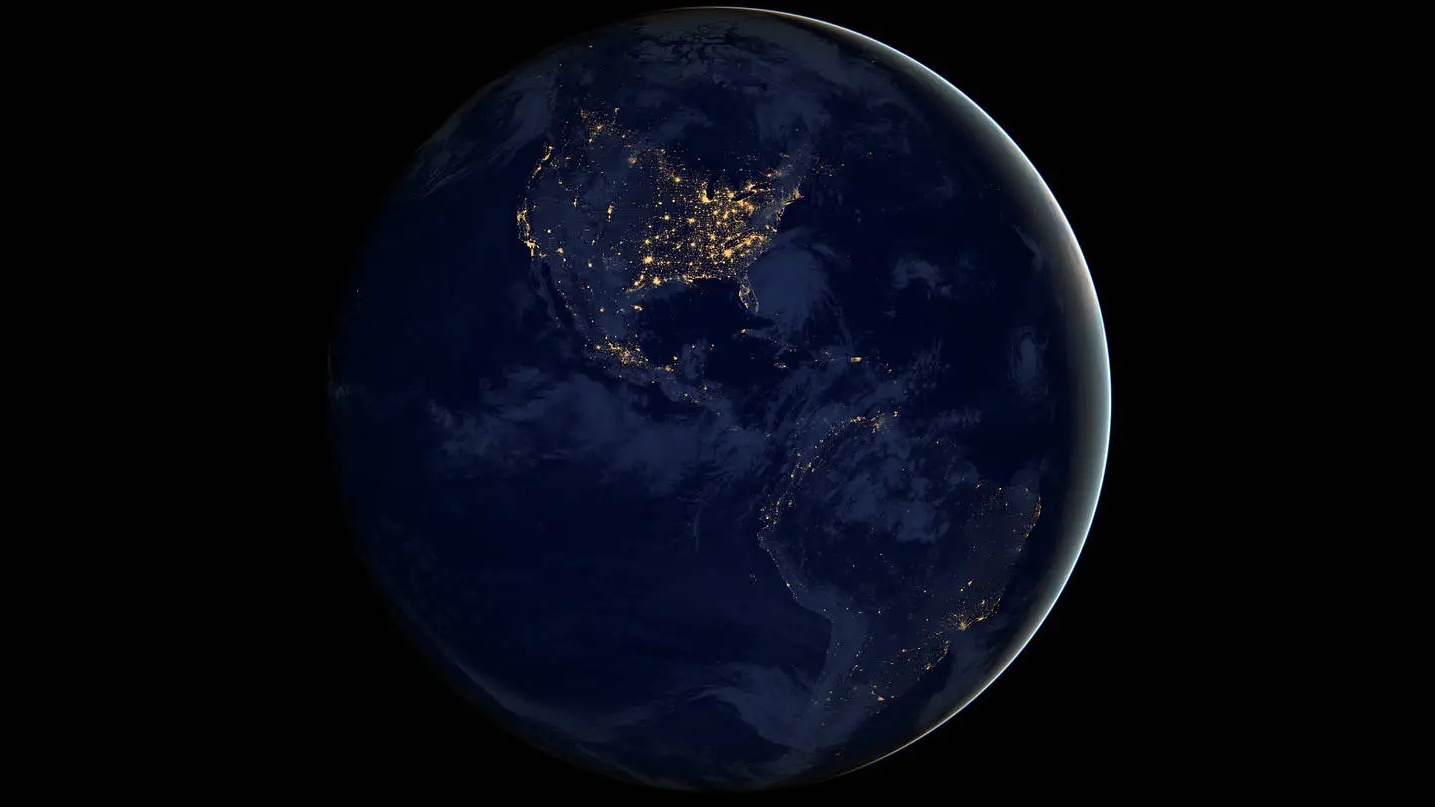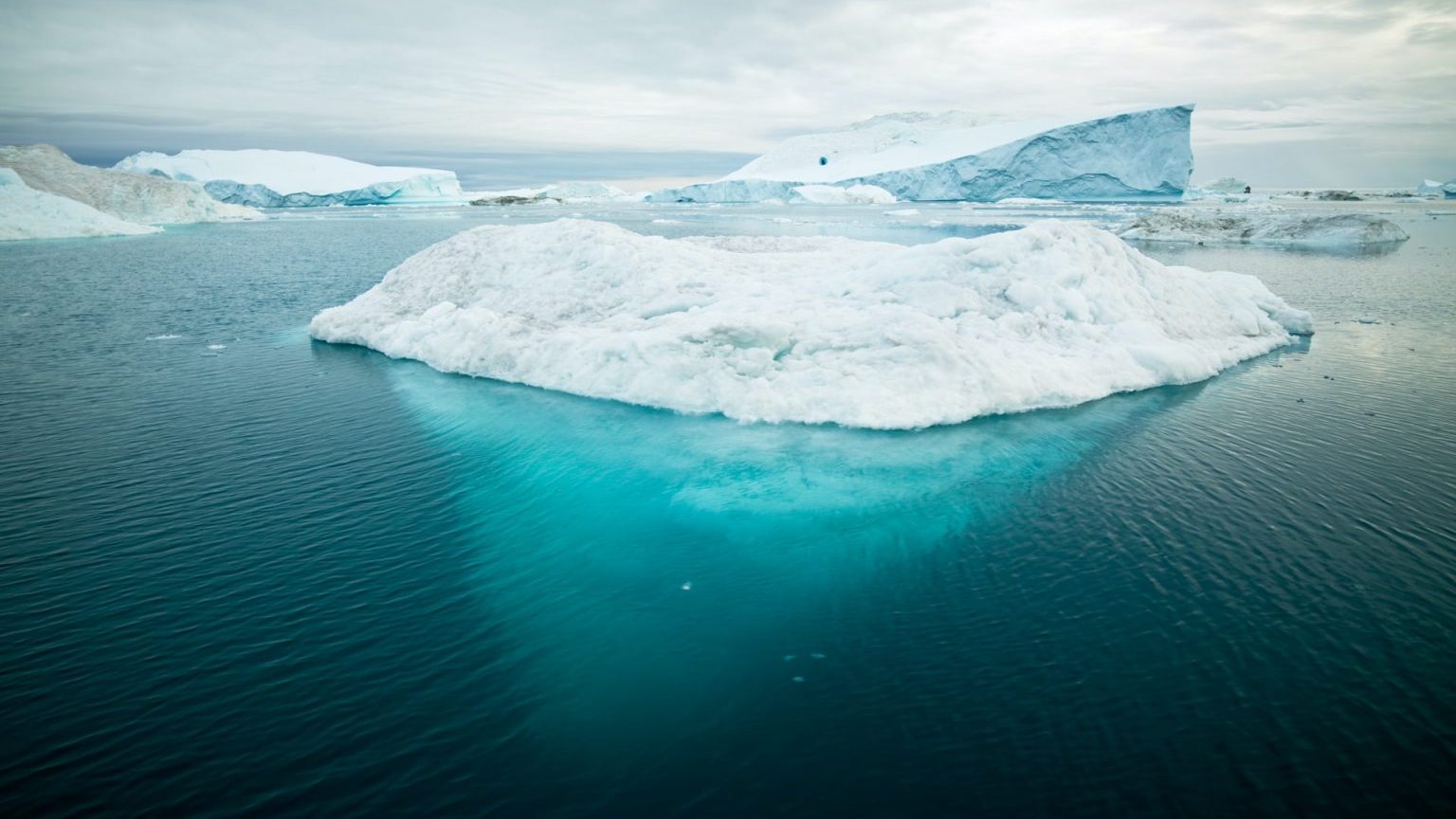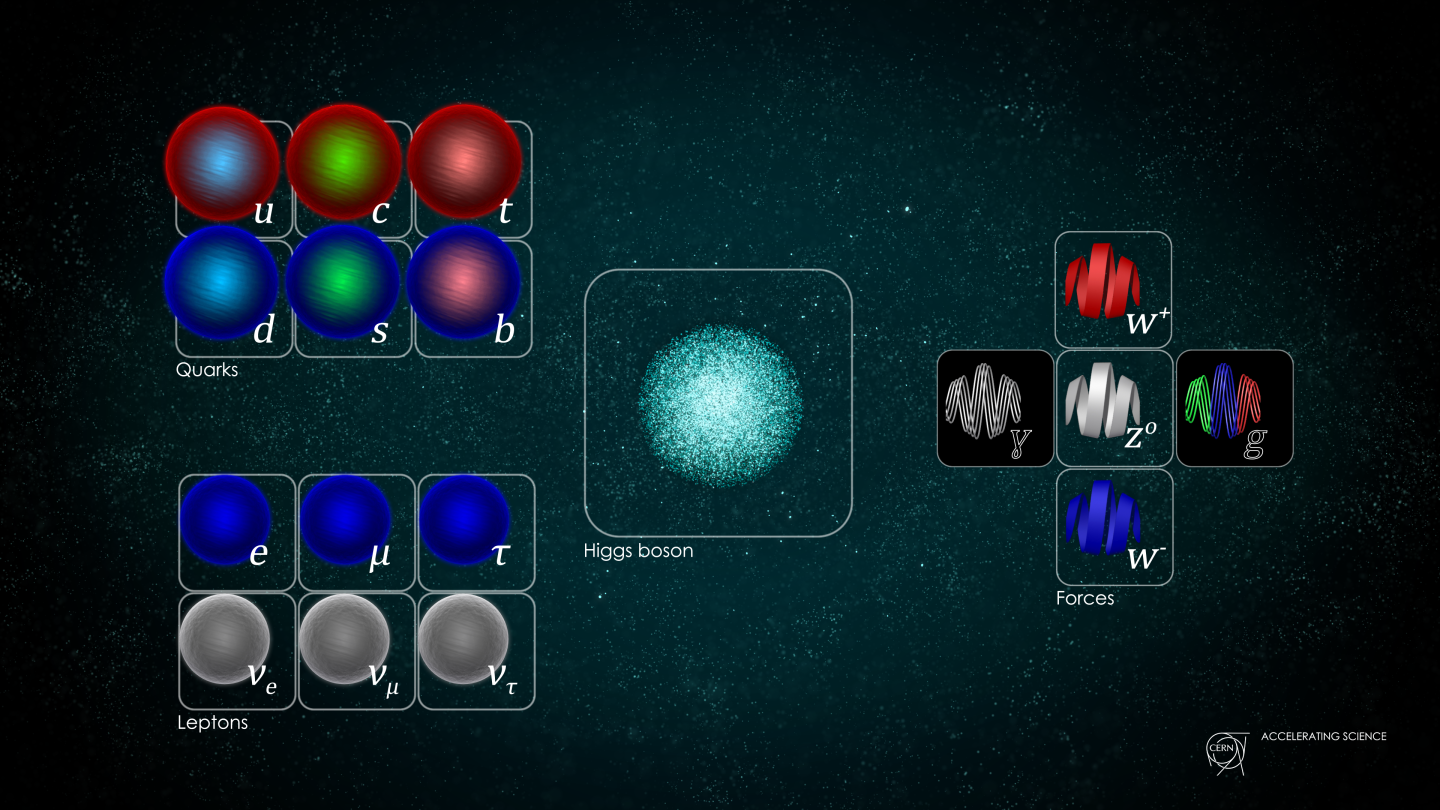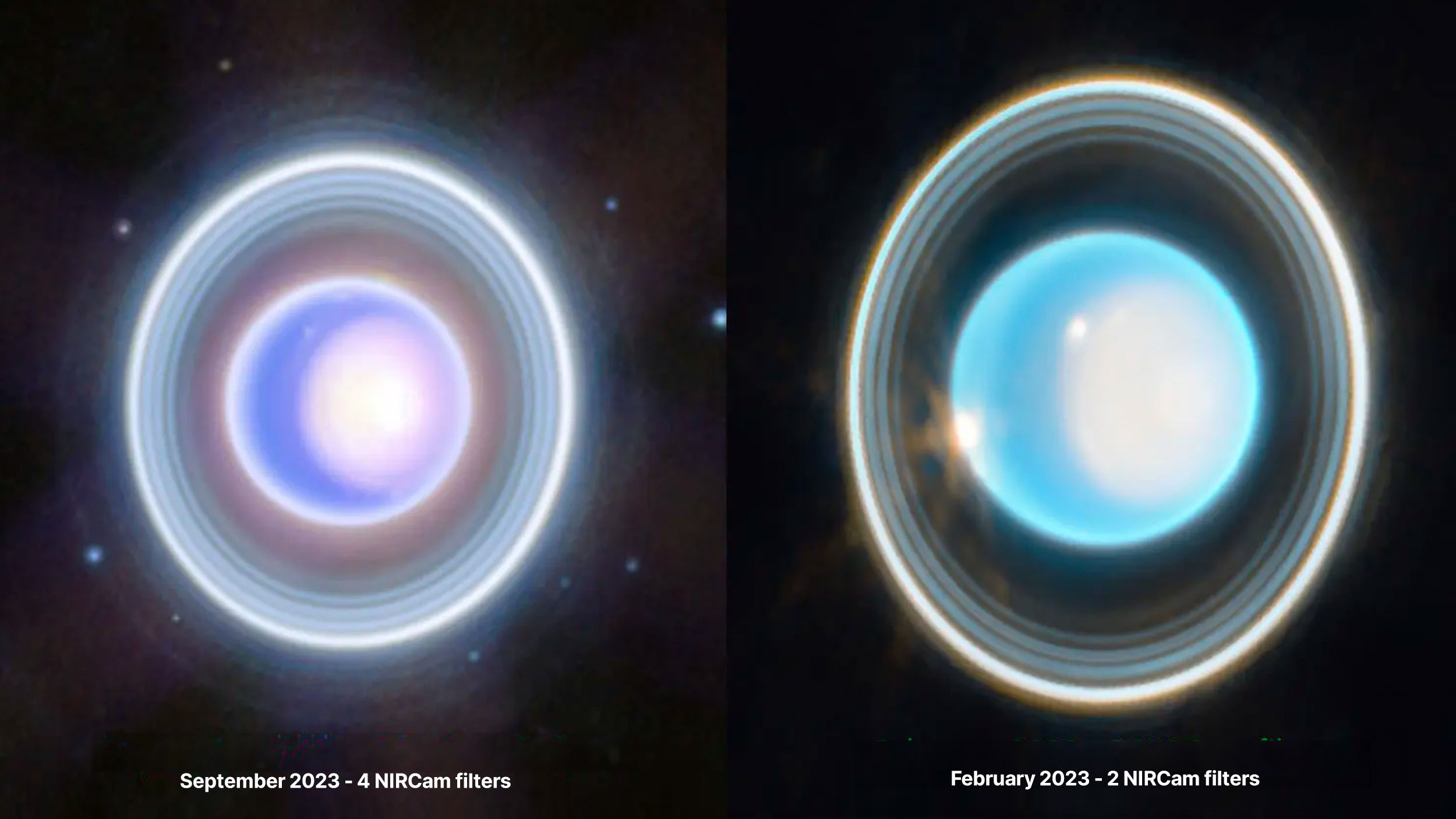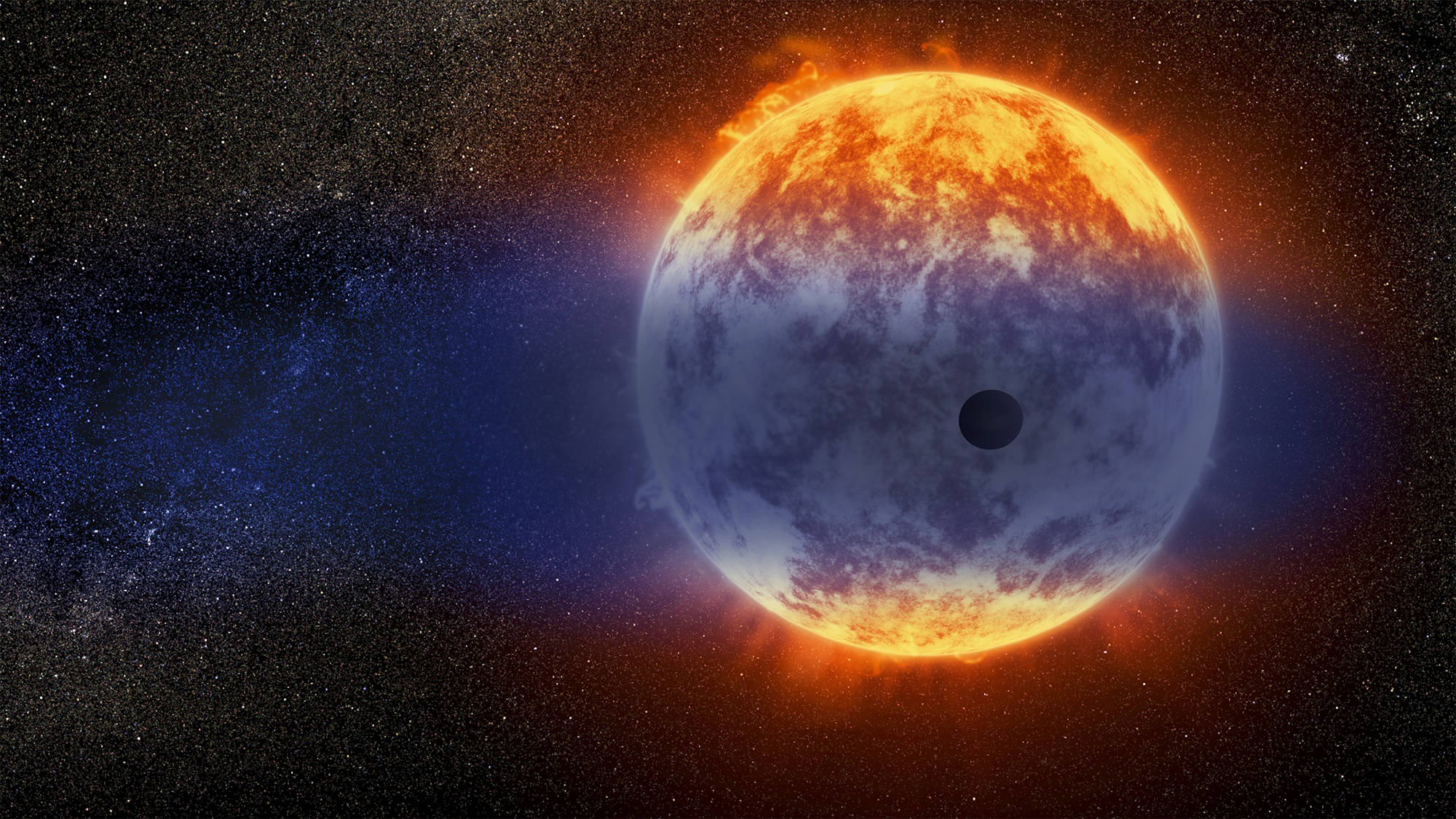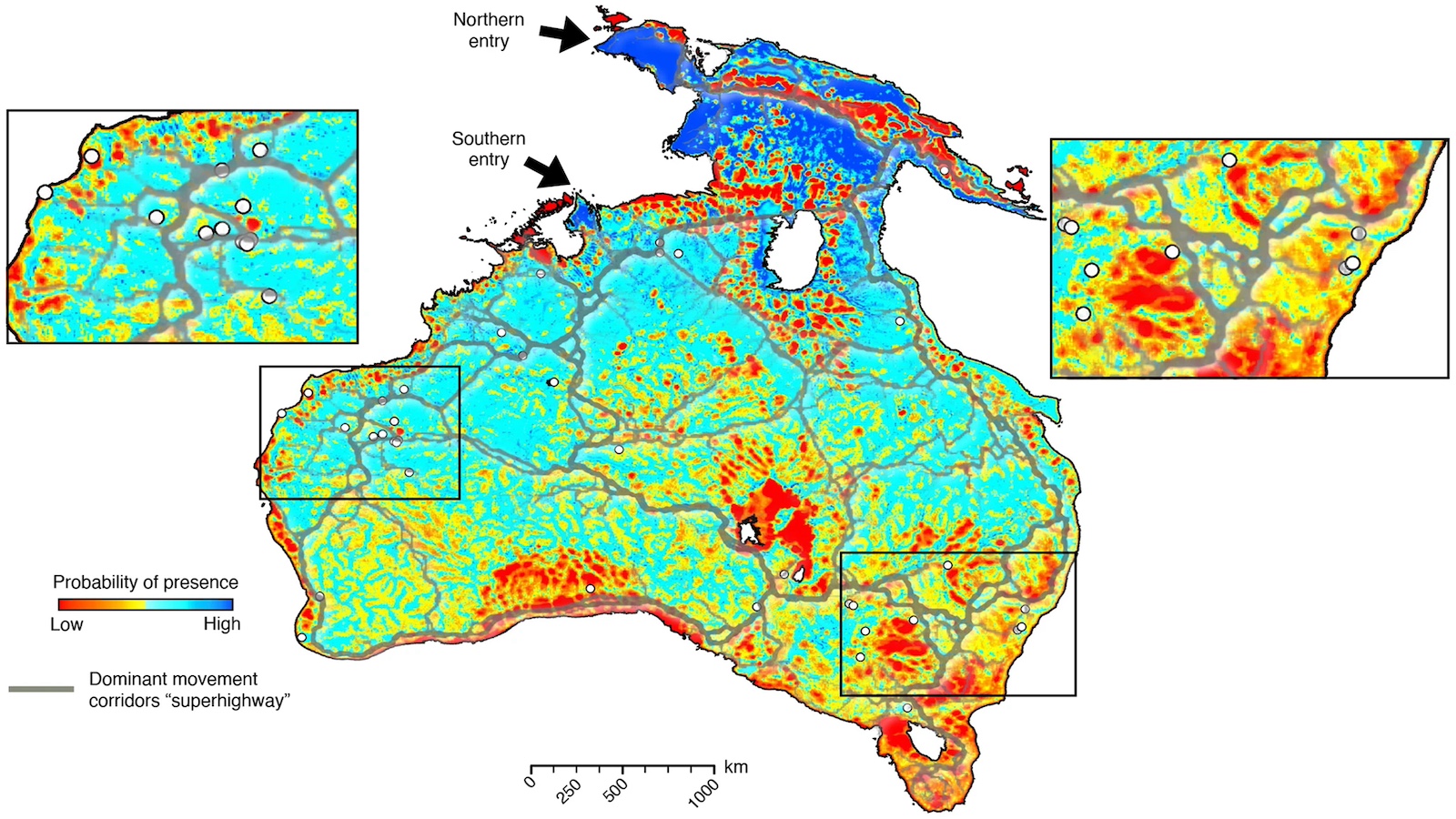Simple physics makes hauling vast ice chunks thousands of miles fiendishly difficult — but not impossible.
Search Results
You searched for: ice
Two populations that are geographically separated today once mated a very long time ago.
Frozen adversity set the stage for an explosion of diversity.
A long view of biological survival might point us to new possibilities for finding life elsewhere in the Universe.
Seneca thought the use of ice was a “true fever of the most malignant kind.”
Our thermodynamic arrow of time explains why the entropy of any isolated system always increases. But it can’t explain what we perceive.
What we’ve learning from the world’s coldest, most forbidding, and most peaceful continent.
Although human beings arrived on Earth just ~300,000 years ago, we’ve transformed the entire planet completely. Here’s how we did it.
The problem of the electroweak horizon haunts the standard model of cosmology and beckons us to ask how deep a rethink the model may need.
The number of planets that could support life may be far greater than previously thought, a recent discovery suggests.
13.8 columnist Marcelo Gleiser reflects on his recent voyage to Earth’s last wild continent.
Scientists are working to map out the risks of the permafrost thaw, which could expose millions of people to the invisible cancer-causing gas.
A new technique that can automatically classify phases of physical systems could help scientists investigate novel materials.
The jail environment teaches the animals that approaching humans results in a boring and annoying experience.
The salinity of the oceans is not just a matter of taste. Saltier water behaves differently, too.
Our Moon is full of craters, basins, and ancient lava flows. But two large lunar Grand Canyons have the same origin: a single, giant impact.
Other plans for the tech: organ banking and deep space travel.
IceCube just found an active galaxy in the nearby Universe, 47 million light-years away, through its neutrino emissions: a cosmic first.
Mercury, Venus, and Mars are all uni-plate planets, and may always have been. Here’s what’s known about why Earth, uniquely, has plate tectonics.
Even from a single pixel, multiwavelength data taken over time can reveal clouds, icecaps, oceans, continents, and even signs of life.
Passing chunks of ice can fertilize ocean waters and play a role in the planet’s carbon cycle.
There are at least 15 different types of solid water (ice). Now, scientists believe that there might be a second type of liquid water.
The rewards price to get a free cup of hot coffee at Starbucks is going up.
It’s like radar, but with light. Distributed acoustic sensing — DAS — picks up tremors from volcanoes, quaking ice and deep-sea faults, as well as traffic rumbles and whale calls.
A great many cosmic puzzles still remain unsolved. By embracing a broad and varied approach, particle physics heads toward a bright future.
As Uranus approaches its solstice, its polar caps, rings, and moons come into their best focus ever under JWST’s watchful eye. See it now!
At extremely close distances to their stars, even rocky planets can be completely disintegrated. We’ve just caught our first one in action.
A new method of mapping migration factors in erratic movements and changing climate.
Finding this missing piece of water’s path through the universe offers clues to how it came to be on Earth.
